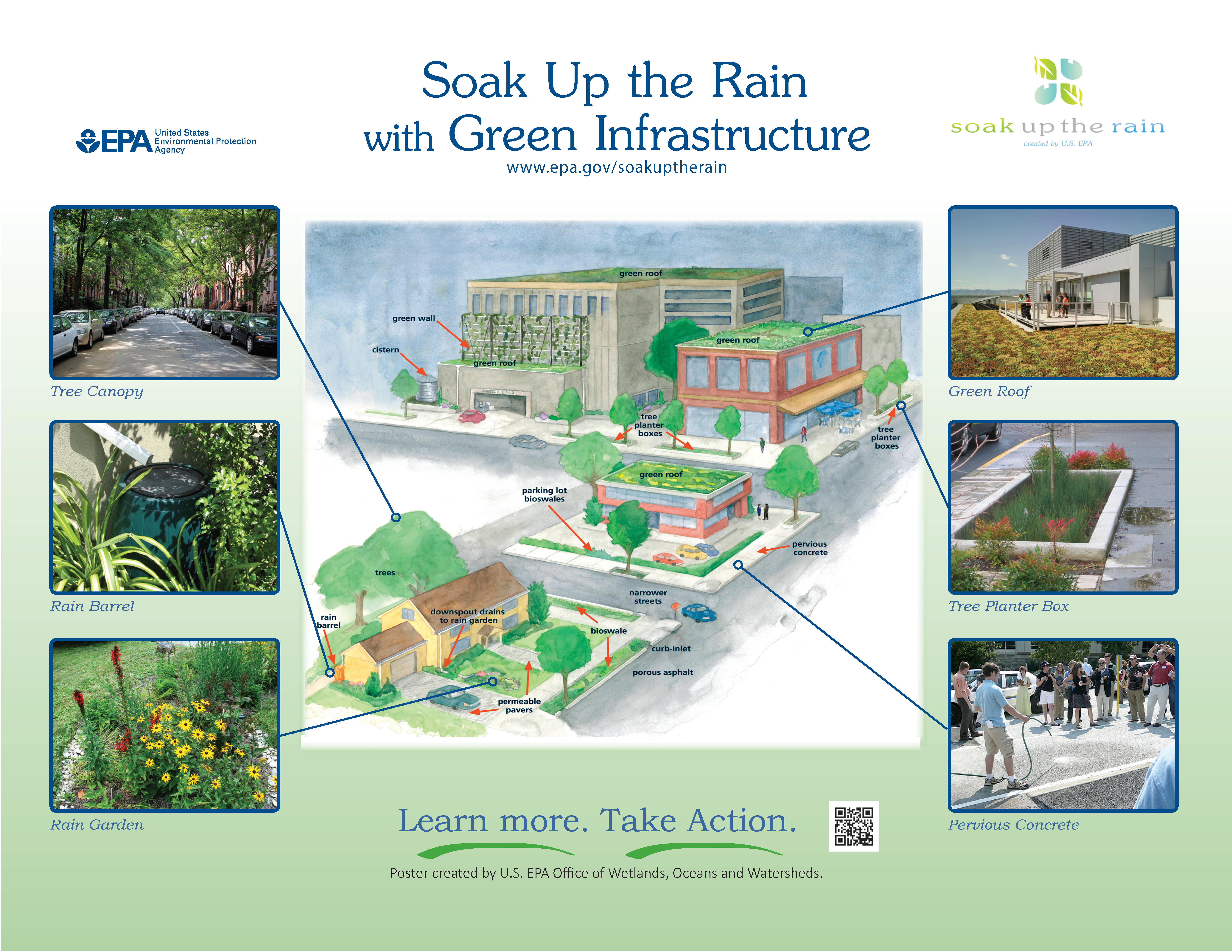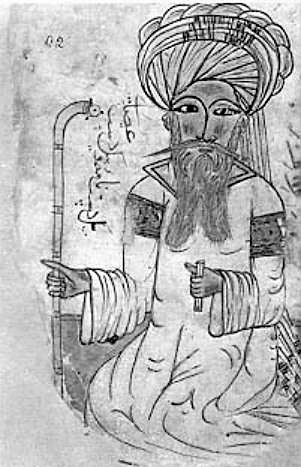|
Gravity Model Of Migration
The gravity model of migration is a model in urban geography derived from Newton's law of gravity, and used to predict the degree of migration interaction between two places. In 1941, astrophysicist John Q. Stewart applied Newton's law to the social sciences, establishing a theoretical foundation for the field of social physics. He recognized that the law of gravity could be used to explain demographic phenomena by examining empirical patterns related to distance in social interactions. This insight paved the way for further exploration of how physical principles could model social dynamics. Overview When used geographically, the words 'bodies' and 'masses' are replaced by 'locations' and 'importance' respectively, where importance can be measured in terms of population numbers, gross domestic product, or other appropriate variables. The gravity model of migration is therefore based upon the idea that as the importance of one or both of the location increases, there will also be ... [...More Info...] [...Related Items...] OR: [Wikipedia] [Google] [Baidu] |
Urban Geography
Urban geography is the subdiscipline of geography that derives from a study of cities and urban processes. Urban geographers and urbanists examine various aspects of urban life and the built environment. Scholars, activists, and the public have participated in, studied, and critiqued flows of economic and natural resources, human and non-human bodies, patterns of development and infrastructure, political and institutional activities, governance, decay and renewal, and notions of socio-spatial inclusions, exclusions, and everyday life. Urban geography includes different other fields in geography such as the physical, social, and economic aspects of urban geography. The physical geography of urban environments is essential to understand why a town is placed in a specific area, and how the conditions in the environment play an important role with regards to whether or not the city successfully develops. Social geography examines societal and cultural values, diversity, and other con ... [...More Info...] [...Related Items...] OR: [Wikipedia] [Google] [Baidu] |
Newton's Law Of Universal Gravitation
Newton's law of universal gravitation describes gravity as a force by stating that every particle attracts every other particle in the universe with a force that is Proportionality (mathematics)#Direct proportionality, proportional to the product of their masses and Proportionality (mathematics)#Inverse proportionality, inversely proportional to the square of the distance between their centers of mass. Separated objects attract and are attracted Shell theorem, as if all their mass were concentrated at their centers. The publication of the law has become known as the "Unification (physics)#Unification of gravity and astronomy, first great unification", as it marked the unification of the previously described phenomena of gravity on Earth with known astronomical behaviors. This is a general physical law derived from empirical observations by what Isaac Newton called ''inductive reasoning''. It is a part of classical mechanics and was formulated in Newton's work ''Philosophiæ Natura ... [...More Info...] [...Related Items...] OR: [Wikipedia] [Google] [Baidu] |
John Q
''John Q.'' is a 2002 American crime drama film directed by Nick Cassavetes, and written by James Kearns. It stars Denzel Washington as the title character, a man who takes a hospital emergency room hostage in order for his son to receive a heart transplant. Robert Duvall, James Woods, Anne Heche, Kimberly Elise, and Ray Liotta appear in supporting roles. The film was shot in Toronto, Hamilton, Ontario, and Canmore, Alberta, although the story takes place in Chicago. Shooting took place from August 8 to November 3, 2000, and the film was released on February 15, 2002, by New Line Cinema. It received generally negative reviews from critics, but was a commercial success, grossing $102 million on a $36 million budget. Plot A young woman in a white BMW 5 Series drives recklessly on a mountainous winding road; she collides with a truck and is killed instantly. Weeks earlier in Chicago, factory worker John Quincy Archibald and his wife Denise rush their young son Michae ... [...More Info...] [...Related Items...] OR: [Wikipedia] [Google] [Baidu] |
Distance Decay
Distance decay is a geographical term which describes the effect of distance on cultural or spatial interactions. The distance decay effect states that the interaction between two locales declines as the distance between them increases. Once the distance is outside of the two locales' activity space, their interactions begin to decrease. It is thus an assertion that the mathematics of the inverse square law in physics can be applied to many geographic phenomena, and is one of the ways in which physics principles such as gravity are often applied metaphorically to geographic situations. Mathematical models Distance decay is graphically represented by a curving line that swoops concavely downward as distance along the x-axis increases. Distance decay can be mathematically represented as an inverse-square law by the expression : I = \text \times d^ or : I \propto 1/d^2, where is interaction and is distance. In practice, it is often parameterized to fit a specific situation, s ... [...More Info...] [...Related Items...] OR: [Wikipedia] [Google] [Baidu] |
Traffic Flow
In transportation engineering, traffic flow is the study of interactions between travellers (including pedestrians, cyclists, drivers, and their vehicles) and infrastructure (including highways, signage, and traffic control devices), with the aim of understanding and developing an optimal transport network with efficient movement of traffic and minimal traffic congestion problems. The foundation for modern traffic flow analysis dates back to the 1920s with Frank Knight's analysis of traffic equilibrium, further developed by John Glen Wardrop, Wardrop in 1952. Despite advances in computing, a universally satisfactory theory applicable to real-world conditions remains elusive. Current models blend empirical and theoretical techniques to forecast traffic and identify congestion areas, considering variables like vehicle use and land changes. Traffic flow is influenced by the Complex system, complex interactions of vehicles, displaying behaviors such as cluster formation and shock wa ... [...More Info...] [...Related Items...] OR: [Wikipedia] [Google] [Baidu] |
Two-step Floating Catchment Area Method
The two-step floating catchment area (2SFCA) method is a method for combining a number of related types of information into a single, immediately meaningful, index that allows comparisons to be made across different locations. Its importance lies in the improvement over considering the individual sources of information separately, where none on its own provides an adequate summary. Background The two-step floating catchment area (2SFCA) method is a special case of a gravity model of spatial interaction that was developed to measure spatial accessibility to primary care physicians.Luo and Wang 2003b 2SFCA is based on the accessibility measure developed by Shen (1998), who used it to compare accessibility to jobs among workers residing in different locations and traveling by different transportation means, and more generally, to measure accessibility to spatially distributed opportunities that have capacity limitations (i.e., rival goods). 2SFCA was inspired by the spatial decompos ... [...More Info...] [...Related Items...] OR: [Wikipedia] [Google] [Baidu] |
William J
William is a masculine given name of Germanic origin. It became popular in England after the Norman conquest in 1066,All Things William"Meaning & Origin of the Name"/ref> and remained so throughout the Middle Ages and into the modern era. It is sometimes abbreviated "Wm." Shortened familiar versions in English include Will or Wil, Wills, Willy, Willie, Bill, Billie, and Billy. A common Irish form is Liam. Scottish diminutives include Wull, Willie or Wullie (as in Oor Wullie). Female forms include Willa, Willemina, Wilma and Wilhelmina. Etymology William is related to the German given name ''Wilhelm''. Both ultimately descend from Proto-Germanic ''*Wiljahelmaz'', with a direct cognate also in the Old Norse name ''Vilhjalmr'' and a West Germanic borrowing into Medieval Latin ''Willelmus''. The Proto-Germanic name is a compound of *''wiljô'' "will, wish, desire" and *''helmaz'' "helm, helmet".Hanks, Hardcastle and Hodges, ''Oxford Dictionary of First Names'', Oxf ... [...More Info...] [...Related Items...] OR: [Wikipedia] [Google] [Baidu] |
Empiricism
In philosophy, empiricism is an epistemological view which holds that true knowledge or justification comes only or primarily from sensory experience and empirical evidence. It is one of several competing views within epistemology, along with rationalism and skepticism. Empiricists argue that empiricism is a more reliable method of finding the truth than purely using logical reasoning, because humans have cognitive biases and limitations which lead to errors of judgement. Empiricism emphasizes the central role of empirical evidence in the formation of ideas, rather than innate ideas or traditions. Empiricists may argue that traditions (or customs) arise due to relations of previous sensory experiences. Historically, empiricism was associated with the " blank slate" concept (''tabula rasa''), according to which the human mind is "blank" at birth and develops its thoughts only through later experience. Empiricism in the philosophy of science emphasizes evidence, especi ... [...More Info...] [...Related Items...] OR: [Wikipedia] [Google] [Baidu] |
Gravity Model Of Trade
The gravity model of international trade in international economics is a model that, in its traditional form, predicts bilateral trade flows based on the economic sizes and distance between two units. Research shows that there is "overwhelming evidence that trade tends to fall with distance." The model was first introduced by Walter Isard in 1954, who elaborated the concept of "income potential" within the framework of international economics, building upon John Quincy Stewart's earlier idea of demographic gravitation, which had been introduced in 1941. Similarly, Stewart's work on population potential from 1947 had a significant impact on Chauncy Harris, who, in 1954, proposed the economic concept of market potential. The basic model for trade between two countries (''i'' and ''j'') takes the form of : F_ = G \cdot \frac. In this formula G is a constant, F stands for trade flow, D stands for the distance and M stands for the economic dimensions of the countries that are ... [...More Info...] [...Related Items...] OR: [Wikipedia] [Google] [Baidu] |
Radiation Law For Human Mobility
The radiation law is way of modeling human mobility ( geographic mobility, human migration) and it gives better empirical predictions than the gravity model of migration which is widely used in this subject. Intercity mobility Waves of migration due to displacement by war, or exploitation in the hope of geographical discoveries could be observed in the past, however with new technological advancements in transportation keep making it easier and cheaper to get to one place from another. With intercontinental flights we even can travel to another continent, on a business trip for instance, and come back within a few hours. Not only time but road networks and flight networks are being used more and more intensively also, and there is an increasing need to describe the patterns of human peoples' mobility and their effect on network usage, whether the network is a transportation, communication or some other type of network. The radiation model Source: Radiation models appeared fi ... [...More Info...] [...Related Items...] OR: [Wikipedia] [Google] [Baidu] |
Heuristic
A heuristic or heuristic technique (''problem solving'', '' mental shortcut'', ''rule of thumb'') is any approach to problem solving that employs a pragmatic method that is not fully optimized, perfected, or rationalized, but is nevertheless "good enough" as an approximation or attribute substitution. Where finding an optimal solution is impossible or impractical, heuristic methods can be used to speed up the process of finding a satisfactory solution. Heuristics can be mental shortcuts that ease the cognitive load of making a decision. Context Gigerenzer & Gaissmaier (2011) state that sub-sets of ''strategy'' include heuristics, regression analysis, and Bayesian inference. Heuristics are strategies based on rules to generate optimal decisions, like the anchoring effect and utility maximization problem. These strategies depend on using readily accessible, though loosely applicable, information to control problem solving in human beings, machines and abstract i ... [...More Info...] [...Related Items...] OR: [Wikipedia] [Google] [Baidu] |



